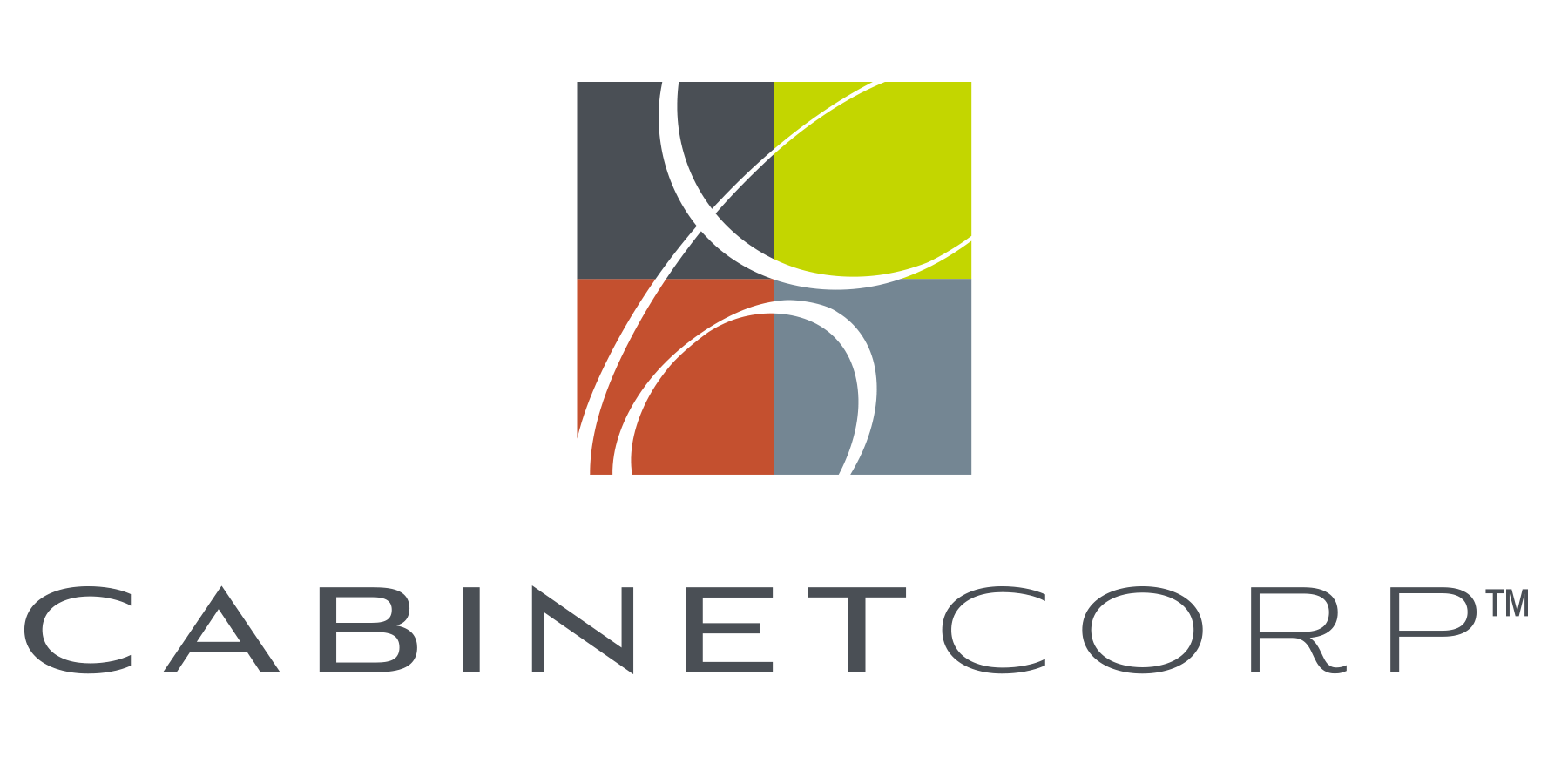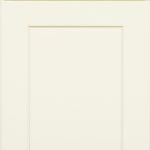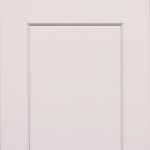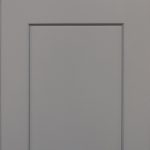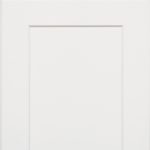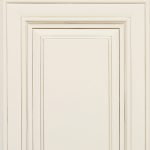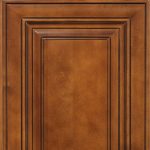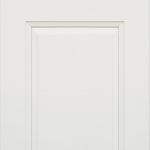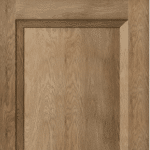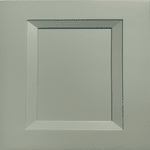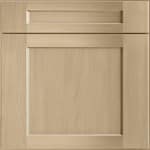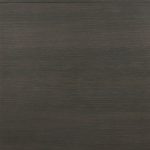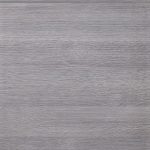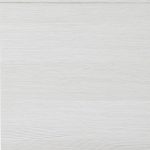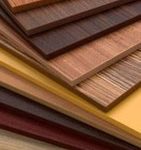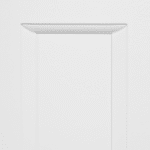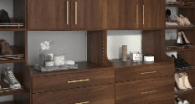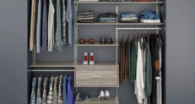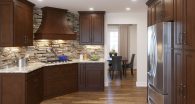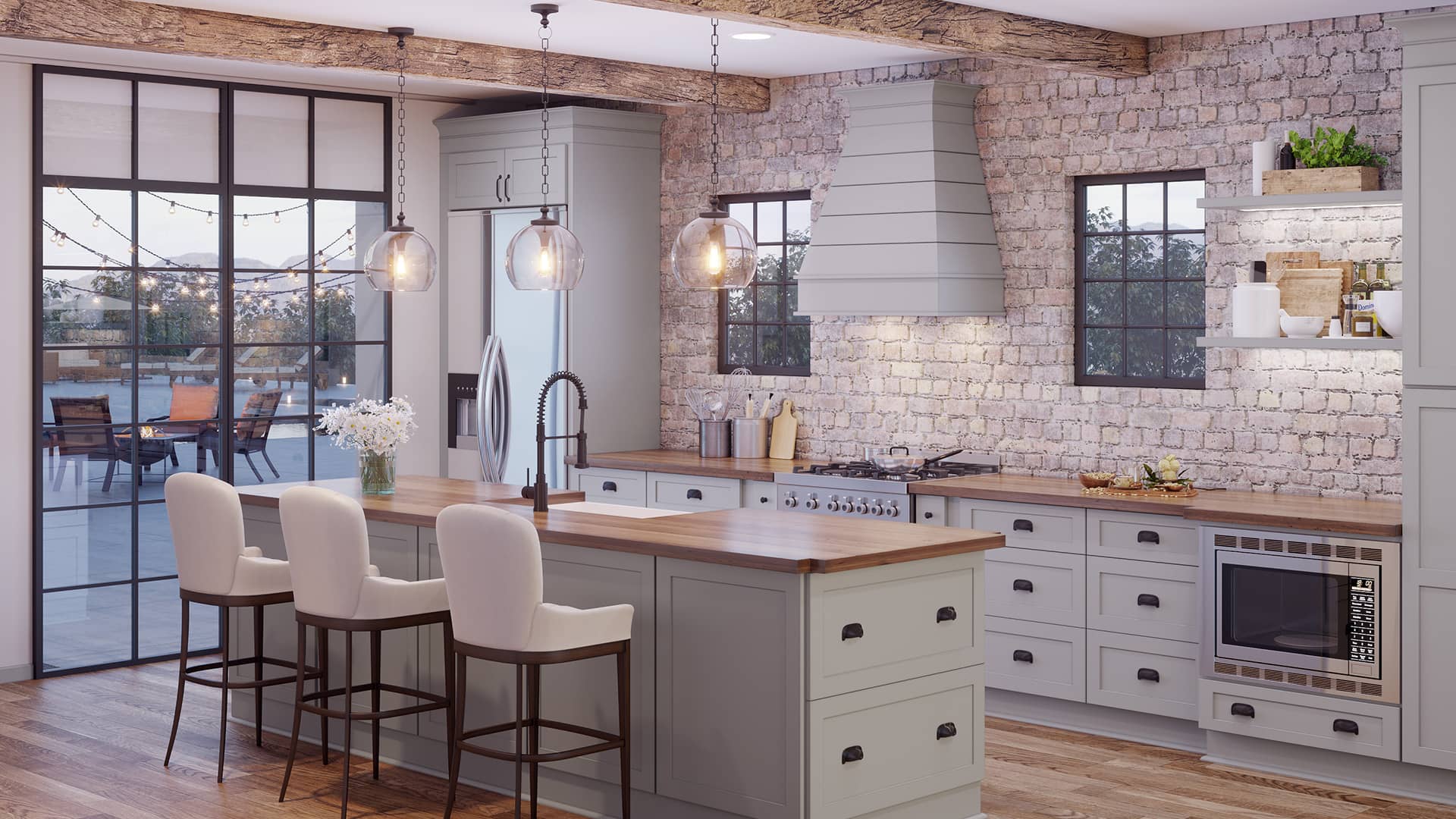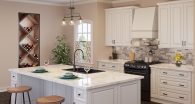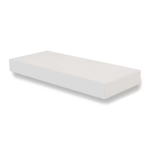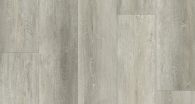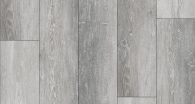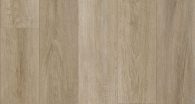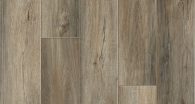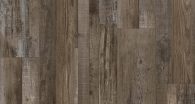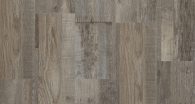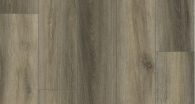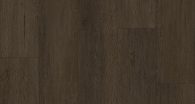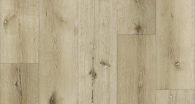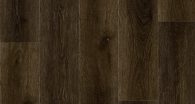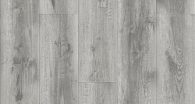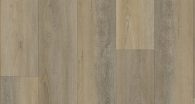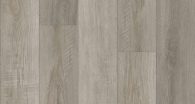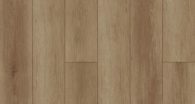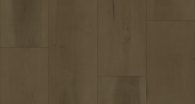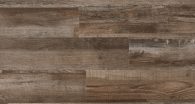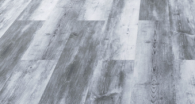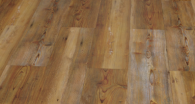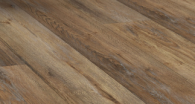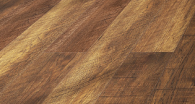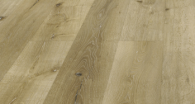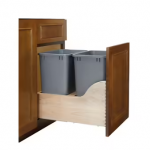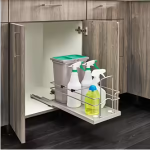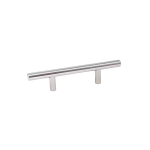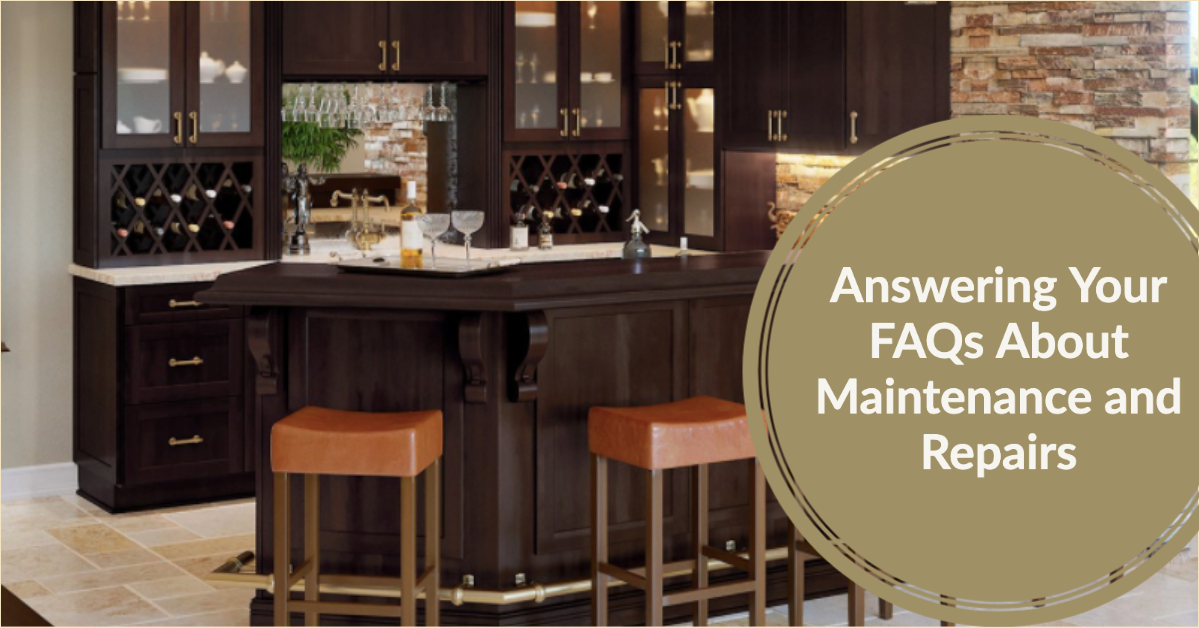When builders hand over a beautifully designed, curated kitchen, their role doesn’t stop once the installation is complete. Educating clients on how to care for their kitchen cabinets is an important detail that builders may overlook.
Cabinets are a significant investment that deserves attention beyond aesthetics. Proper maintenance extends their lifespan and preserves their look and functionality. For builders, advising clients on cabinet maintenance elevates your service and boosts long-term satisfaction.
This guide explores cabinet care tips that builders should share with clients to keep their cabinetry in excellent condition for years.
Understanding Cabinet Materials
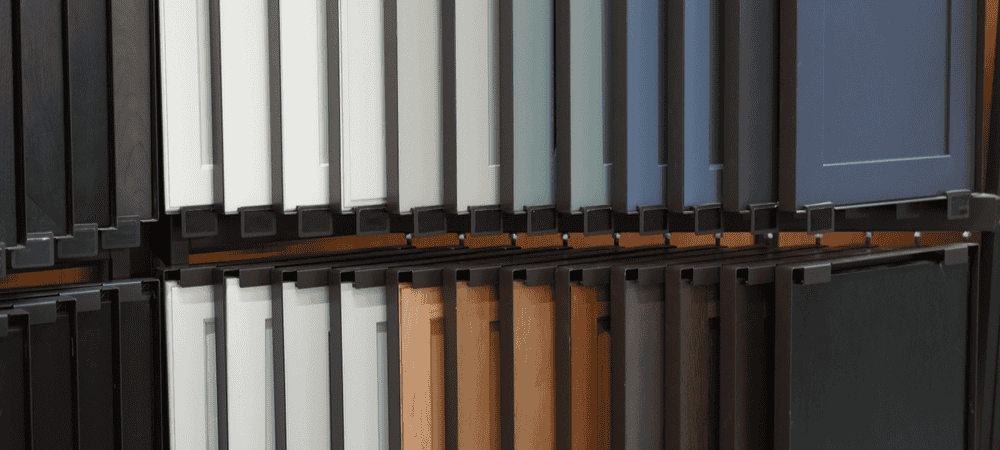
One of the first steps to maintaining cabinets is understanding the materials used in manufacturing. Care techniques vary based on whether the cabinets are solid wood, plywood, or MDF with a veneer or laminate finish.
- Solid wood cabinets: These often have natural beauty but are prone to expansion and contraction with changes in humidity. To prevent warping, clients should keep the kitchen’s humidity levels stable.
- MDF or particle board cabinets: These materials are highly sensitive to moisture, so preventing water damage is key. Builders should stress that clients wipe away spills immediately to avoid damage.
- Veneer or laminate finishes: These surfaces are easier to clean but can peel if exposed to moisture for too long. Clients should avoid using harsh chemicals that can break down adhesives.
Daily Cleaning and Spills
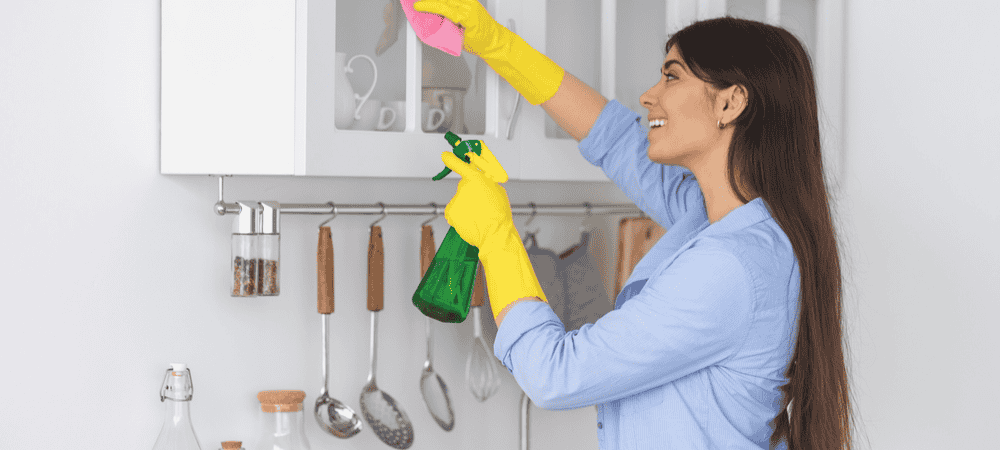
The kitchen serves as the heart of the home, with cabinetry enduring the majority of daily use and wear. Builders should stress the importance of regular cleaning to prevent dirt buildup, especially on handles and cabinet edges.
Here’s a general cleaning regimen to recommend:
- Soft cloth or microfiber: Advise clients to use a damp microfiber cloth to clean their cabinets. Microfiber is delicate and will not damage the surface of the cabinet.
- Mild soap solution: Suggest using a mixture of warm water and mild dish soap. Harsh chemicals, like bleach, can damage the finish of the cabinets. Wipe up spills quickly, especially oily or acidic substances like tomato sauce, to prevent staining and damage.
Protection from Heat and Moisture
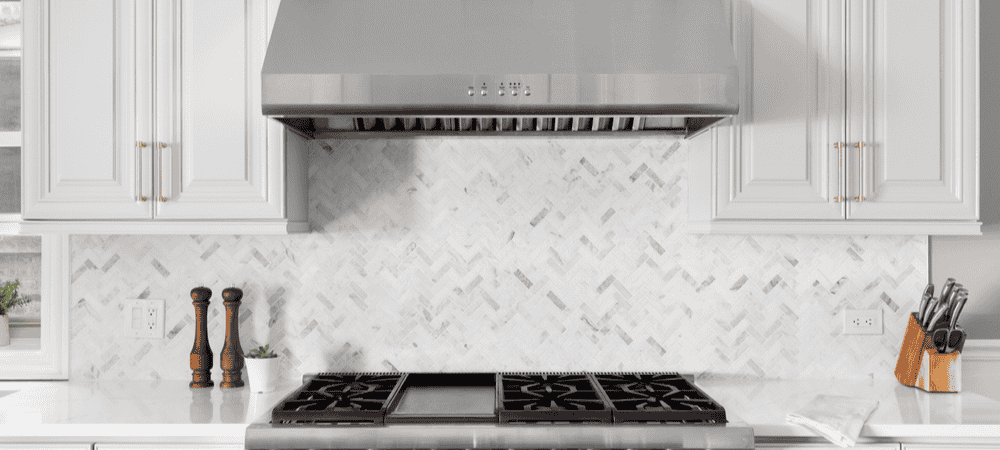
Heat and moisture are the two common enemies of cabinetry. Kitchen cabinets are especially vulnerable to steam from appliances and the natural humidity in a cooking space. Builders should advise clients to:
- Install range hoods: Encourage clients to use their hoods when cooking to vent steam. This prevents warping and damage to the cabinet doors over time.
- Vent dishwashers properly: Cabinets near the dishwasher can be affected by steam if the appliance isn’t properly vented. Suggest that clients slightly open the dishwasher after a cycle to let steam escape.
- Wipe down wet areas: Advise clients to dry off cabinets near sinks immediately after water splashes. Prolonged exposure to moisture can lead to swelling, especially for MDF or particle board cabinets.
Protecting the Finish
Cabinet finishes protect them but can wear down over time, especially in busy kitchens. Builders should share tips on maintaining and restoring the cabinet finish when needed.
- Avoid harsh materials: Clients should not use steel wool, rough sponges, or scouring pads, as they can scratch the cabinet surface. Instead, use soft cloths or sponges for cabinet cleaning.
- Use furniture polish: Apply a small amount of furniture polish to maintain the luster of wood cabinets. Builders should advise clients to avoid waxes or oily polishes that can build up and make cabinets dull.
- Touch-up pens: For small scratches, builders can recommend touch-up kits or pens that match the cabinet’s finish. This can be a quick, effective way to maintain the cabinetry’s appearance.
Hardware Maintenance
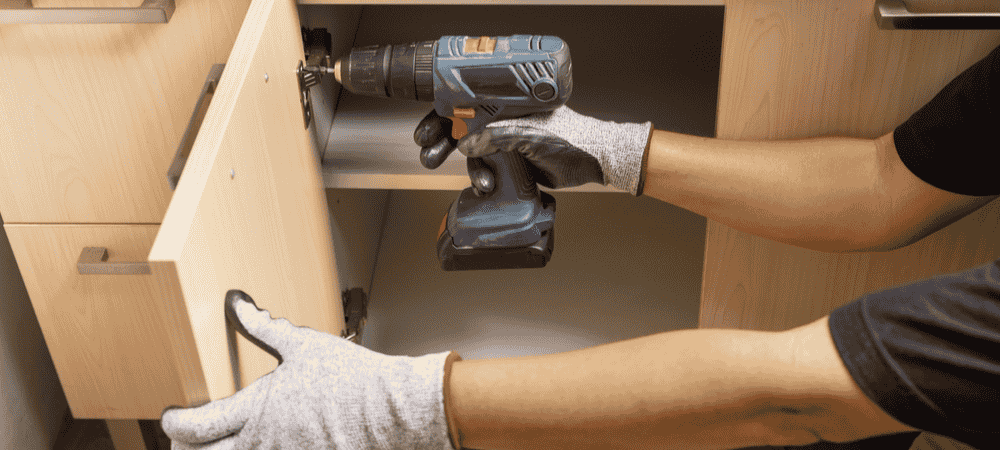
Cabinet hardware like hinges, handles, and drawer slides are critical to the functionality of kitchen cabinets. Over time, they can loosen or become misaligned with everyday use.
- Tighten loose screws: Hardware can loosen with time, leading to wobbly or misaligned doors and drawers. Advise clients to regularly check the screws on hinges and handles and tighten them as needed.
- Lubricate drawer slides: Metal drawer slides can benefit from occasional lubrication to keep them operating smoothly.
- Check soft-close mechanisms: If drawers or doors stick or don’t close properly, fix them quickly to avoid more damage.
Avoiding Heavy Loads
Cabinets are built to hold specific weights, and overloading them can damage the shelves and the cabinet structure. Builders should remind clients that while kitchen cabinets are sturdy, they should avoid placing excessive weight on shelves.
- Distribute weight evenly: Store heavy items like pots, pans, or small appliances in base cabinets, not on upper shelves. This prevents the shelves from bowing under too much weight.
- Reinforce shelves if needed: Suggest adding support to strengthen the shelves for handling heavier loads.
Seasonal Adjustments
Cabinets, particularly wood-made, can expand and contract with temperature and humidity changes. Builders should inform clients that minor adjustments might be needed to guarantee their cabinets function smoothly.
- Adjust doors and drawers: Seasonal humidity changes can shift wood cabinetry, causing doors and drawers to misalign. Recommend that clients keep an eye on alignment and make adjustments as needed.
- Dehumidifiers for humid climates: In high-humidity areas, install a dehumidifier in the kitchen to prevent wood cabinets from warping and swelling.
Professional Maintenance and Repair

No matter how diligent clients are with maintenance, cabinets may occasionally require professional attention. Builders should recommend an annual inspection by a professional experienced in high-end or custom cabinetry.
- Repair damage early: Fix minor issues like cracks, peeling, or loose hardware promptly to avoid costly repairs later.
- Refinishing when needed: The finish may wear down over time, especially in high-use kitchens. Clients should know that professional refinishing can restore cabinets’ original beauty and extend their life.
Key Takeaways
Advising clients on cabinet care helps the investment last longer and shows you are a trusted builder. By offering these maintenance tips, builders can empower their clients to keep their kitchen cabinets pristine.
For additional insights and recommendations on cabinet design, please stay tuned to our blog at CabinetCorp.


